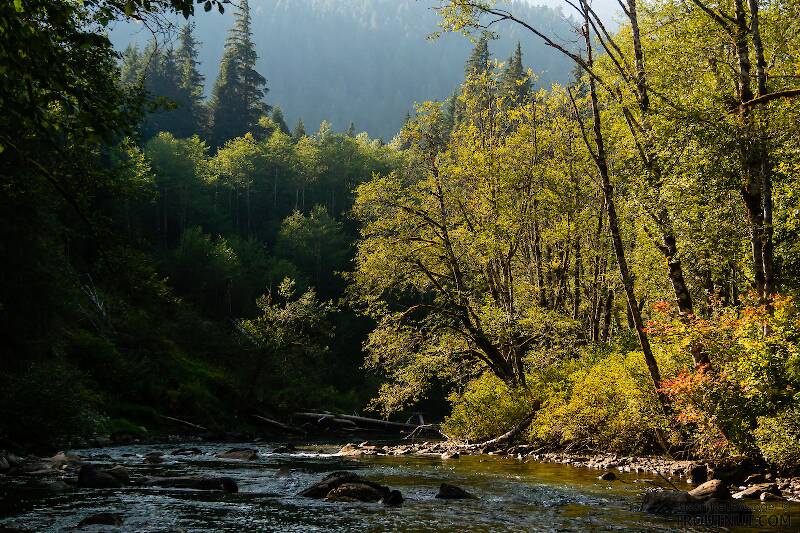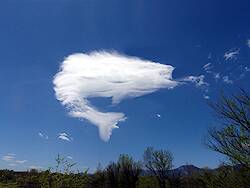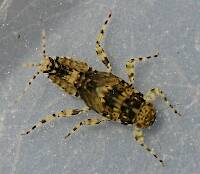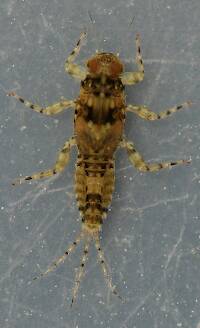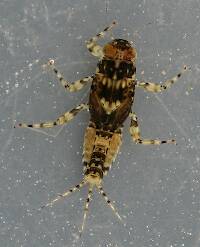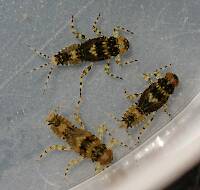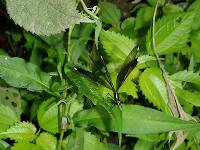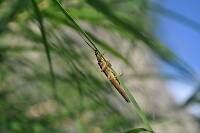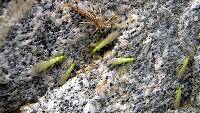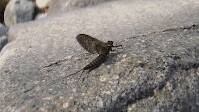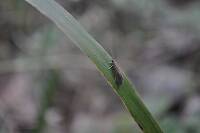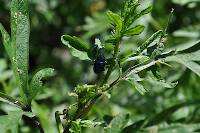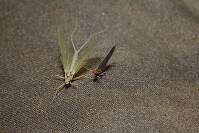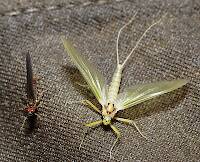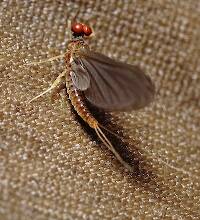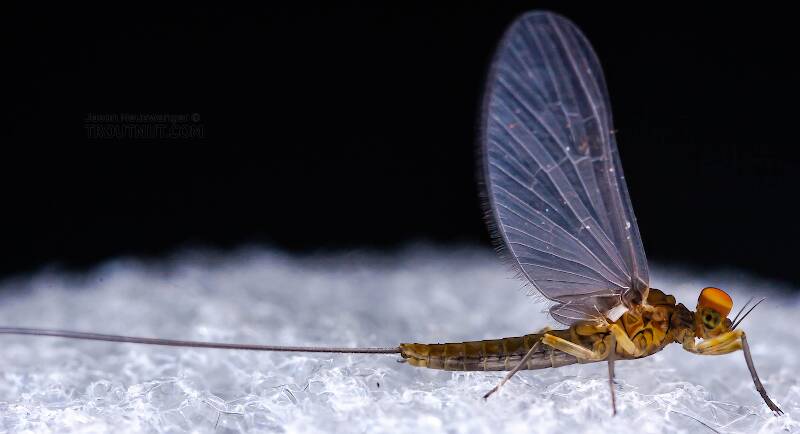
Blue-winged Olives
Baetis
Tiny Baetis mayflies are perhaps the most commonly encountered and imitated by anglers on all American trout streams due to their great abundance, widespread distribution, and trout-friendly emergence habits.
Featured on the forum
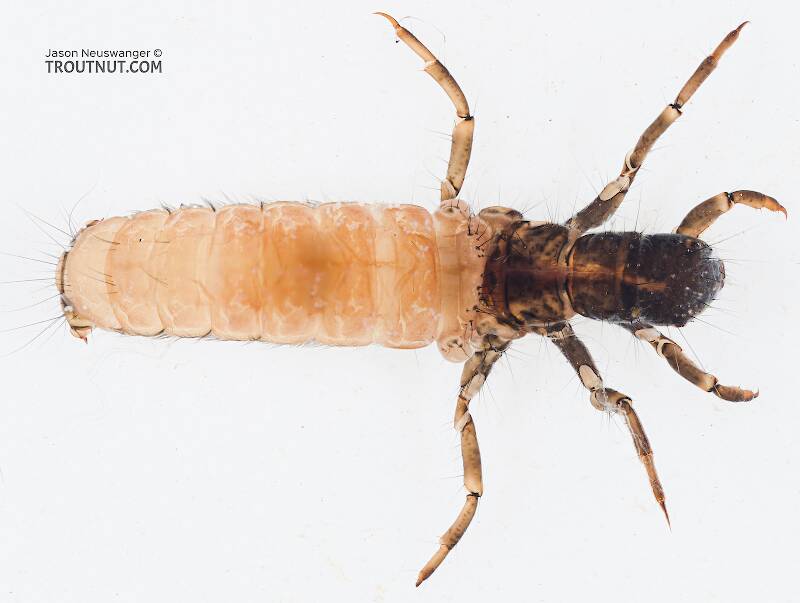
This specimen resembled several others of around the same size and perhaps the same species, which were pretty common in my February sample from the upper Yakima. Unfortunately, I misplaced the specimen before I could get it under a microscope for a definitive ID.

Troutnut is a project started in 2003 by salmonid ecologist Jason "Troutnut" Neuswanger to help anglers and
fly tyers unabashedly embrace the entomological side of the sport. Learn more about Troutnut or
support the project for an enhanced experience here.
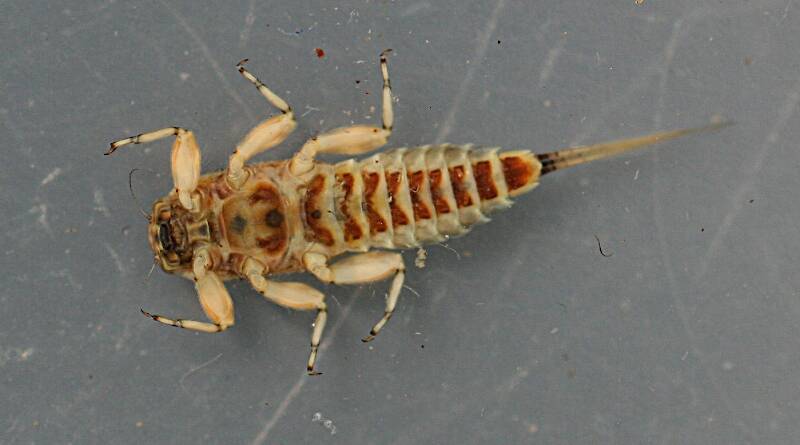
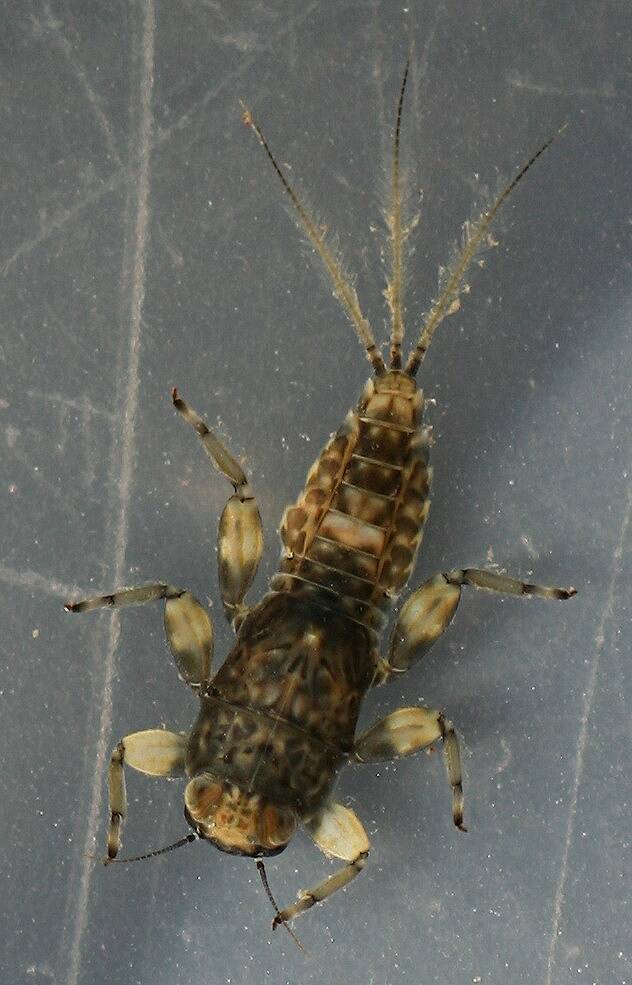
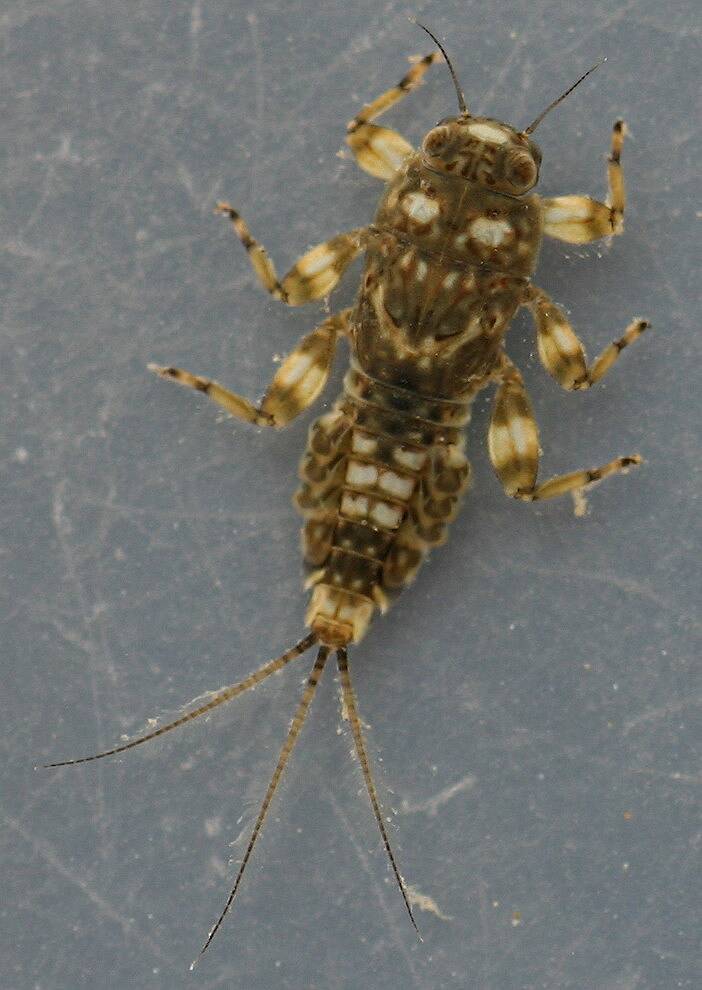
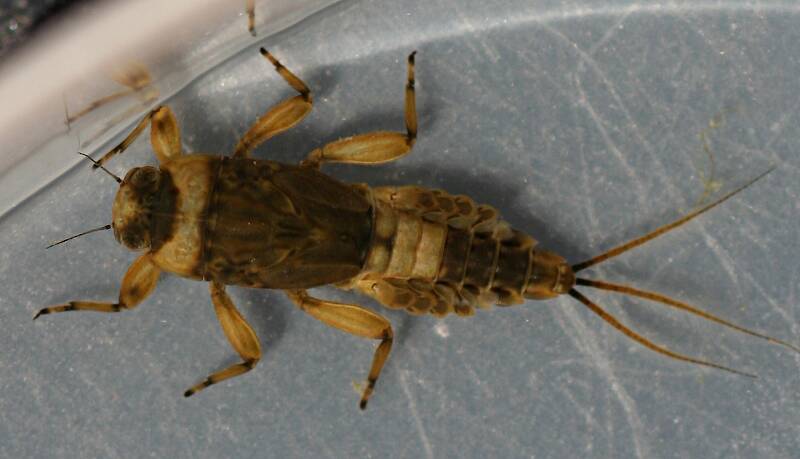

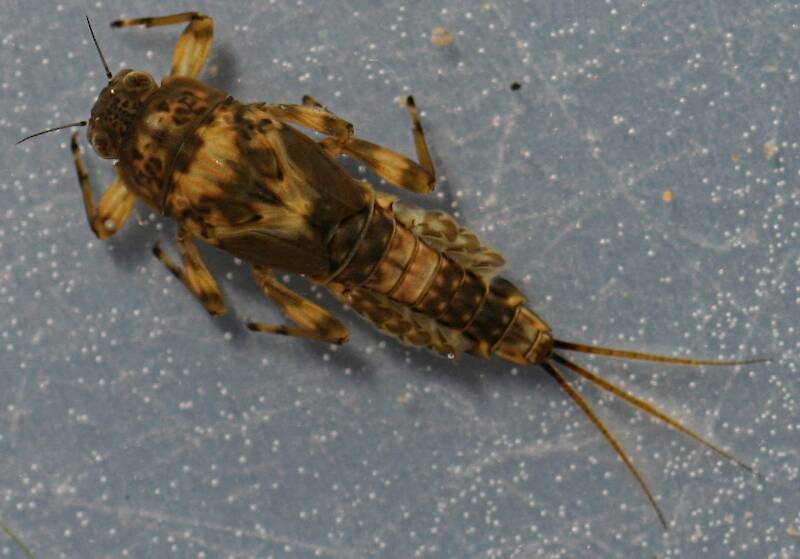
Millcreek on Apr 10, 2015April 10th, 2015, 7:22 am EDT
Common in the Russian River. Usually found in small gravel, in shallow water. The nymphs were keyed out to family using Merritt, Cummins and Berg (2008) and to species using Allen and Edmunds "A Revision of the Genus Ephemerella (Ephemeroptera; Ephemerellidae) VII. The Subgenus Ephemerella in North America".
http://www.ephemeroptera-galactica.com/pubs/pub_a/puballenr1965p244.pdf
These nymphs show considerable variation in coloring but maintain the same body shape and typical coloring of the sternites.
http://www.ephemeroptera-galactica.com/pubs/pub_a/puballenr1965p244.pdf
These nymphs show considerable variation in coloring but maintain the same body shape and typical coloring of the sternites.
"If we knew what it was we were doing, it would not be called research, would it?"
-Albert Einstein
-Albert Einstein
Troutnut on Apr 11, 2015April 11th, 2015, 11:12 am EDT
Excellent photos!
Jason Neuswanger, Ph.D.
Troutnut and salmonid ecologist
Troutnut and salmonid ecologist
Millcreek on Apr 12, 2015April 12th, 2015, 6:26 am EDT
Thanks, glad you enjoyed them.
"If we knew what it was we were doing, it would not be called research, would it?"
-Albert Einstein
-Albert Einstein
PaulRoberts on Apr 12, 2015April 12th, 2015, 5:38 pm EDT
Gorgeous critter.
Quick Reply
Related Discussions
Topic
Replies
Last Reply
10
May 24, 2009
by Wiflyfisher
by Wiflyfisher
17
Jun 2, 2008
by Woodster
by Woodster
5
Dec 18, 2013
by Brookyman
by Brookyman
1
May 5, 2009
by GONZO
by GONZO
0
Jul 10, 2006
by Troutnut
by Troutnut
12
Feb 18, 2008
by Boerie
by Boerie

